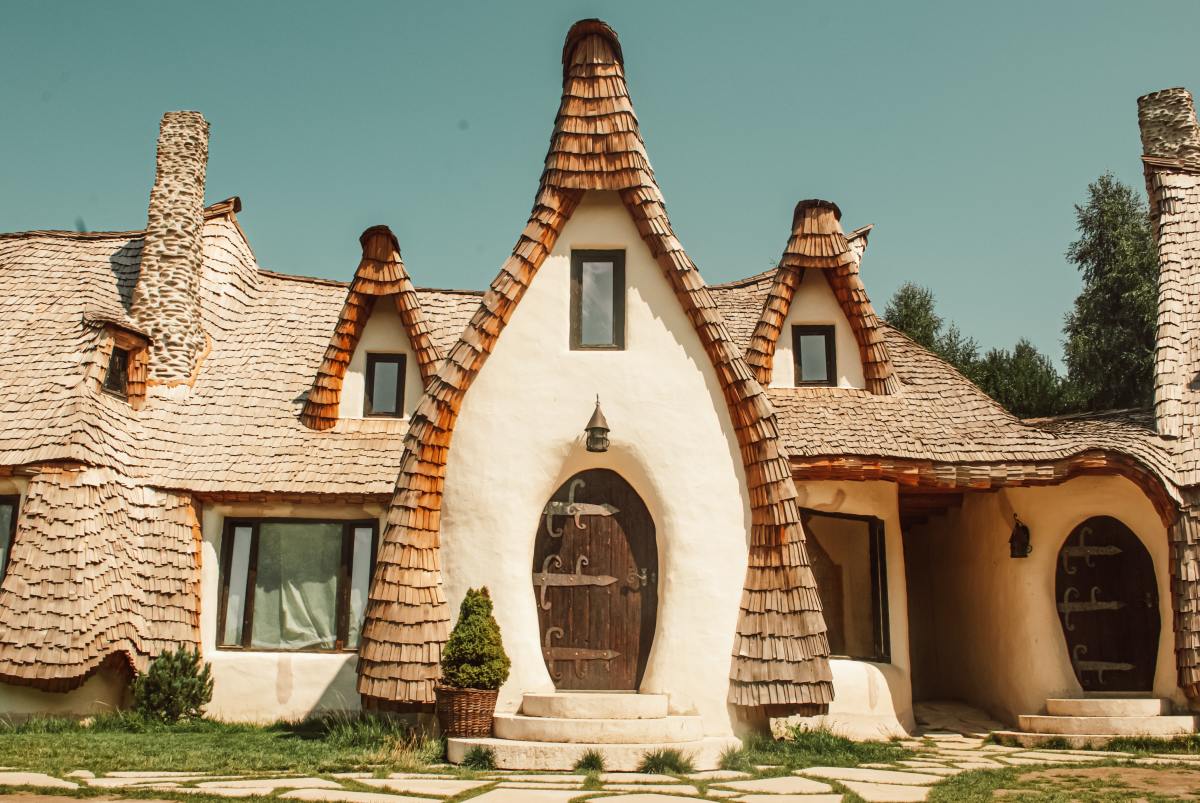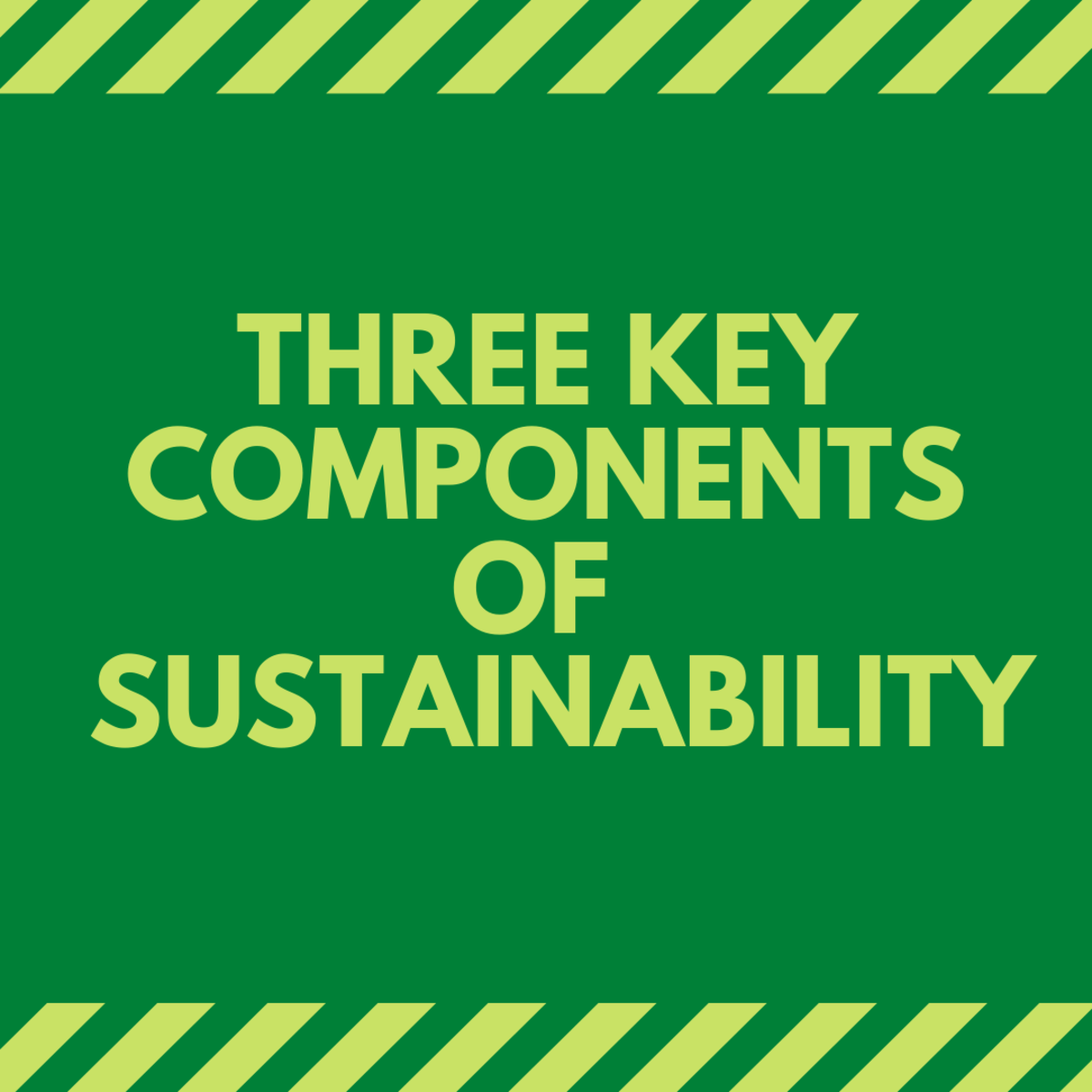Towards a Better Designed Wind Turbine
Wind
power represents a real and cost effective means of sustainable,
carbon-neutral and green energy production.
The disadvantages
come from the fact that they need to be tall. The higher up you go
the more likely you are to get the wind speeds you require. The wind
turbine must be at least 75 metres tall. Some are even as high as 125
metres.
This presents a number of problems:
- They are normally placed in a prominent position to maximise wind speed and therefore can be seen for miles. To some they represent an eye-sore on an otherwise-unspoilt environment
- Their foundations can be as large as a 25 metre swimming pool
- In order to withstand very large windspeeds, they must be sturdily built, making both the propellers and the base substantial structures. When it comes time to decommission them, they tall, thin structures represent a real challenge to dismantle especially as they are built in a windy environment
- Finally, they are static so they must be built with the most prominent wind direction in mind. However, if they wind is blowing from another direction, their efficiency is reduced
These disadvantages have
led to many people opposing their development in their areas.
What
we need is a new way of looking at the problem. We need to go high
without having a large structure to get us there. The answer is a
floating platform that will not need substantial and permanent
building to support it. Such a design is possible in the form of a
helium-filled balloon or airship.
Originally designed in 1835
and still in limited use today, their design and effectiveness is
well researched and documented. All you would need to do is to attach
the propellers to the airship and raise it as high as you need to go.
The only thing going down to the ground would be the power line and
restraining chain to stop the cable moving about. As you can attach
multiple propellers to the airship (depending on its size), the
propellers do not need to be so big, reducing noise pollution. As
they are not firmly attached to the ground, they can turn into the
wind direction so they are always getting maximum efficiency. As the
connection to the ground will not be as substantial as the
conventional wind turbine, the area under the airship can still be
used for agricultural use like grazing, or possibly orchards.
The
real revolutionary part of this design is that the airships can be
manufactured at a single location and then flown to their final
destination.
There are
essentially two components to the design: the airship and the
propellers
THE AIRSHIP.
The airship is made up of a number
of components:
- The
frame. The frame provides both shape and support for all of the
other elements. Naturally it has to be sturdy but light. The
material for the prototype will be aluminium which to promote its
green credentials further would be recycled. It would be engineered
using struts and other structures that add to the sturdiness of the
design without adding to the weight. The frame allows us to make it any shape we want so if we designed it to be more like a wing, the wind would also increase its lifting ability
- The envelope. Some of the shape can be imposed by the way the envelope is made which will allow us to reduce the frame and therefore the weight that it is carrying. The envelope would be white on the outside and dark on the inside in order to help heat the gas inside. This is because a hot gas has more lift than its cooler counterpart and so by allowing the heat and light from the sun, we can heat the helium and get better lift at no extra cost in energy
- The
gas. Hydrogen provides the greatest lift. But Helium is the only
choice because it is just so much safer.
- Control.
PROPELLER
The propeller is normally massively over-engineered for the job which makes it unnecessarily expensive. A simpler (and therefore cheaper) design is the old fashioned American- style windpump. Better yet is the Savonius and Darrieus design. The Savonius design is so simple that it can be made out of bits of plastic piping! Also because of the shape of the thing, it would be possible to have a group of smaller, lighter propellers rather than one big one. This should reduce the noise.
INSTALLATION AND DECOMMISSIONING
Both installation and decommissioning should be easy because there are no large, concrete solid structures to build or break down.








